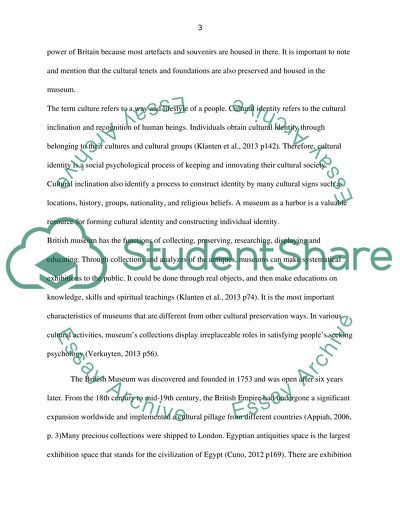Cite this document
(British Museum and the Uk Cultural Identity Article, n.d.)
British Museum and the Uk Cultural Identity Article. Retrieved from https://studentshare.org/culture/1682788-with-reference-to-the-british-museum-discuss-whether-britains-imperial-legacy-still-has-an-influence-on-british-cultural-identity
British Museum and the Uk Cultural Identity Article. Retrieved from https://studentshare.org/culture/1682788-with-reference-to-the-british-museum-discuss-whether-britains-imperial-legacy-still-has-an-influence-on-british-cultural-identity
(British Museum and the Uk Cultural Identity Article)
British Museum and the Uk Cultural Identity Article. https://studentshare.org/culture/1682788-with-reference-to-the-british-museum-discuss-whether-britains-imperial-legacy-still-has-an-influence-on-british-cultural-identity.
British Museum and the Uk Cultural Identity Article. https://studentshare.org/culture/1682788-with-reference-to-the-british-museum-discuss-whether-britains-imperial-legacy-still-has-an-influence-on-british-cultural-identity.
“British Museum and the Uk Cultural Identity Article”, n.d. https://studentshare.org/culture/1682788-with-reference-to-the-british-museum-discuss-whether-britains-imperial-legacy-still-has-an-influence-on-british-cultural-identity.


